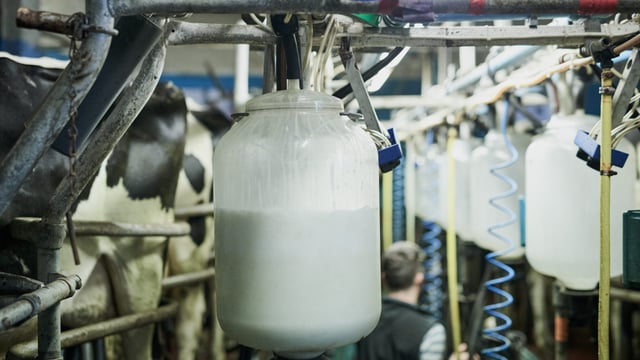Nitrate levels decrease in 39% of river sites but 'too high' in 44%
Concentrations of nitrates decreased in 39% of river sites over the period 2019 to 2024 compared to 2016 to 2021, but nitrate levels are "too high" in 44% of sites.
That's according to a new report from the Environmental Protection Agency (EPA) this week.
The Water Quality in Ireland Report 2019-2024 is the latest of the EPA's three-yearly assessment of water quality in rivers, lakes, estuaries, coastal waters, canals and groundwater.
The new report covers a monitoring period of 2019 to 2024, while the most recent report covered the period 2016 to 2021.
The assessments are made using data collected from 4,000 surface water bodies (including rivers, some of which may be considered sperate water bodies for monitoring purposes) and 514 groundwater bodies.
The latest report says that nitrate concentrations are too high at 44% of river sites, with these being predominantly located in the east, south-east and south of the country.
Despite this, concentrations of nitrate have reduced at 39% of sites when compared with 2016-2021.
In the latest monitoring period, 6% of river sites showed increasing nitrate concentrations, and 55% were unchanged, compared to the previous period.
Meanwhile, 27% of river sites have high phosphorous concentrations, with 16% of sites showing increasing concentrations, 2% seeing reductions and 77% were unchanged.
Nationally, 48% of river waters bodies are in high or good ecological status and just over 52% are unsatisfactory, moderate, poor or bad ecological status.
The number of river water bodies in a satisfactory ecological status have declined by 2% since the 2016-2021 period, according to the EPA.
For groundwater, 92% of these bodies are in good chemical and good quantitative status, although the south-east, midlands, and eastern regions have elevated levels of nitrate concentrations in groundwater.
Other findings from the report include high phosphorous concentrations in 32% of lake sites (3% of lake sites saw increases in concentrations while 1% saw decreases); and 20% of estuaries and coastal water bodies had high nitrogen concentrations.
The EPA's report said that excess nutrients from agriculture, urban wastewater, and other human activities remain the biggest challenge to water quality.
There is evidence that nutrient levels are reducing in areas where actions being targeted, which the EPA welcomed; however, the agency also said that the scale and pace of implementation needs to be increased.
The EPA noted that there had been reductions in nitrogen levels in many river monitoring sites in recent years, but that further reductions will be needed to reach levels that will support healthy ecosystems.
Commenting on the findings of the new report, Dr. Jenny Deakin, EPA programme manager, said: "The decreases in phosphorous levels in areas prioritised for action are very welcome.
"While further reductions will be needed as well as reduction in nitrate levels, this report shines a light on the progress that can be made when actions are targeted.
"It is essential that better information is collected by all stakeholders, on when and where the actions are being implemented on the ground to provide better information on how the progress can be accelerated," Dr. Deakin added.





